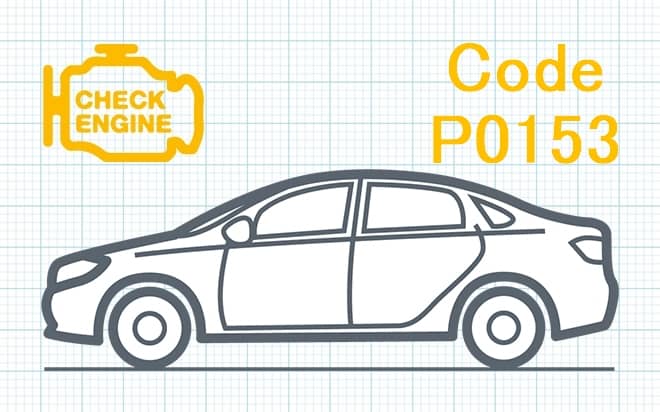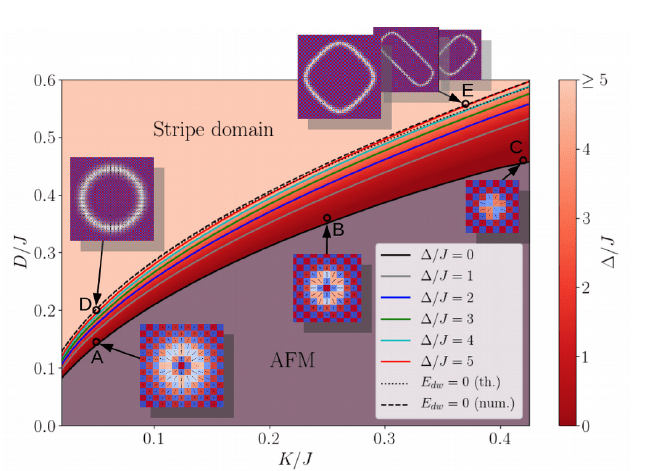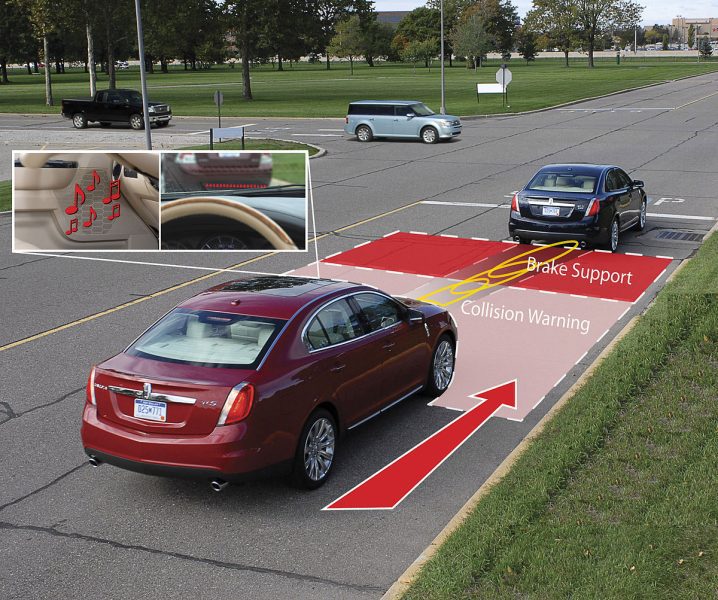
P0153 Oxygen sensor circuit slow response (sensor 1, bank 2)
Content
P0153 – OBD-II Trouble Code Technical Description
Trouble code P0153 indicates slow response of oxygen sensor 1 (bank 2).
What does the fault code mean P0153?
Trouble code P0153 indicates a problem with the Oxygen Sensor on circuit 1, bank 2. This code indicates that the engine control module (ECM) has detected that the signal voltage from the downstream oxygen sensor is too low.

Possible reasons
Some of the possible causes of P0153:
- Defective oxygen sensor: The oxygen sensor itself may be damaged or malfunctioning, resulting in incorrect or unreliable data on the oxygen content of the exhaust gases.
- Damaged wiring or connectors: Opens, corrosion, or poor connections in the wiring or connectors connecting the oxygen sensor to the engine control module (ECM) can cause the P0153 code.
- Problems with power or grounding of the oxygen sensor: Improper power or grounding of the oxygen sensor can cause insufficient voltage on the signal circuit, causing trouble code P0153.
- Malfunctions in the engine control module (ECM): Problems with the engine control module, which processes signals from the oxygen sensor, can also cause P0153.
- Problems with the exhaust system or fuel injection system: Some problems with the exhaust system or fuel injection system can affect the performance of the oxygen sensor and cause the P0153 code.
- Problems with the catalyst: Catalyst failures can cause the oxygen sensor to malfunction, which can cause P0153.
- Incorrect installation of the oxygen sensor: Improper installation of the oxygen sensor, such as too close to a hot source such as the exhaust system, can cause a P0153 code.
This is only a general list of possible causes, and the specific cause of the P0153 code can only be determined after detailed diagnostics.
What are the symptoms of trouble code P0153?
Symptoms for a P0153 trouble code may vary depending on the specific cause of the error code and the characteristics of the vehicle, but below are some common symptoms:
- Error on the dashboard (Check Engine Light): The appearance of a Check Engine Light on your dashboard is the most obvious symptom of an oxygen sensor problem. If this error appears, it is recommended to diagnose the vehicle.
- Uneven engine operation: Problems with the oxygen sensor can cause the engine to run rough, including shaking, rough idling, or loss of power.
- Deterioration in fuel economy: A faulty oxygen sensor can cause increased fuel consumption due to suboptimal engine management system performance.
- Idle instability: Problems with the oxygen sensor can cause the idle to become unstable or even stall.
- Increased emissions of harmful substances: A faulty oxygen sensor can lead to increased emissions of harmful substances in the exhaust gases, such as nitrogen oxides and hydrocarbons.
- Loss of power on acceleration: A faulty oxygen sensor may result in loss of power when accelerating or require higher engine speeds to achieve the desired speed.
These symptoms may occur to varying degrees depending on how long the problem with the oxygen sensor has been undetected or unresolved. If you suspect an issue with your oxygen sensor or have received a P0153 code, it is recommended that you have your vehicle diagnosed and repaired by a qualified mechanic.
How to diagnose a fault code P0153?
To diagnose DTC P0153, you can follow these steps:
- Reading the error code: Use a diagnostic scan tool to read the P0153 trouble code from the Engine Control Module (ECM). Record the code for later analysis.
- Visual inspection of the oxygen sensor: Check the appearance and condition of the oxygen sensor, which is located after the catalyst. Make sure it is not damaged or dirty.
- Checking wiring and connectors: Inspect the wiring and connectors connecting the oxygen sensor to the engine control module. Pay attention to any corrosion, breaks or damage.
- Checking the resistance of the oxygen sensor: Use a multimeter to check the resistance of the oxygen sensor. The resistance must be within certain limits specified in the technical documentation for your specific vehicle.
- Checking the oxygen sensor voltage: Using a multimeter, check the voltage at the oxygen sensor signal pins. The voltage must change in accordance with changes in the composition of the exhaust gases.
- Checking power and grounding: Make sure the oxygen sensor is receiving proper power and ground. Check the voltage on the corresponding contacts.
- Engine Control Module (ECM) Diagnosis: If necessary, perform diagnostics on the ECM to check its operation and processing of signals from the oxygen sensor.
- Additional tests and inspections: If necessary, perform additional tests, such as checking the exhaust system and fuel injection system, to rule out other causes of the P0153 code.
After diagnosing and identifying the specific cause of the P0153 code, make the necessary repairs or replace the faulty components. If you are inexperienced or do not have the necessary equipment, it is recommended that you have your vehicle diagnosed and repaired by a qualified mechanic or authorized service center.
Diagnostic errors
When diagnosing the P0153 trouble code, various errors can occur that can make it difficult or misinterpret the problem, some of them are:
- Misinterpretation of oxygen sensor data: An error may occur in interpreting the data received from the oxygen sensor. This may lead to the problem being misdiagnosed.
- Insufficient diagnosis: Incomplete or incorrect tests and diagnostic procedures may result in missing important factors affecting oxygen sensor performance.
- Incorrect checking of wiring and connectors: Improper handling of wiring and connectors, such as accidentally disconnecting or damaging wires, can cause additional problems and create new errors.
- Ignoring other potential causes: Focusing only on the oxygen sensor without considering other possible causes of the P0153 code, such as problems with the exhaust system or fuel injection system, can lead to important details being missed.
- Poor decision to repair or replace components: Making the wrong decision to repair or replace components without sufficient diagnosis and analysis can result in additional repair costs and ineffective resolution of the problem.
- No software updates: Some errors may be caused by problems in the engine control module software, and ignoring this aspect may also lead to an incorrect diagnosis.
To avoid these mistakes, it is important to follow professional diagnostic techniques, use the correct equipment, perform tests in accordance with the manufacturer's recommendations and, if necessary, contact an experienced technician for help and advice.
How serious is the fault code? P0153?
Trouble code P0153 indicates a problem with the Oxygen Sensor on circuit 1, bank 2, which means that the downstream oxygen sensor on cylinder bank XNUMX is not sending the expected signal to the engine control module (ECM). The severity of this problem can vary depending on several factors:
- Possibility of catalytic converter damage: A faulty oxygen sensor can result in an incorrect mixture of fuel and air, which can adversely affect the performance of the catalytic converter. Since the catalyst plays a key role in reducing harmful emissions, damage to it can lead to increased emissions and environmental problems.
- Loss of power and efficiency: Improper operation of the oxygen sensor can cause suboptimal engine performance, which can result in loss of power and increased fuel consumption.
- Influence on engine performance: A faulty oxygen sensor can cause engine roughness, including rough idling and rough rpm.
- Possible damage to other control system components: Incorrect operation of the oxygen sensor can cause errors in the control of the fuel injection and ignition system, which can lead to additional malfunctions and damage to other components.
- Negative impact on the environment: Since the oxygen sensor plays an important role in emission control, its improper operation may lead to increased environmental pollution.
Therefore, trouble code P0153 should be considered a serious problem that requires immediate attention and diagnosis. It is recommended that you contact a qualified mechanic to determine the cause of the error and correct it.
What repair will help eliminate the code? P0153?
Troubleshooting DTC P0153 may require the following steps:
- Replacing the oxygen sensor: If the oxygen sensor is truly faulty or has failed, replacing it with a new, working one may be the most effective way to resolve the P0153 code. Make sure the oxygen sensor you are replacing meets your specific vehicle's specifications.
- Checking and replacing wiring and connectors: Check the condition of the wiring, connections and connectors associated with the oxygen sensor. Poor connections or breaks can cause the P0153 code. If necessary, replace damaged wires or connectors.
- Checking power and grounding: Make sure the oxygen sensor is receiving proper power and ground. Check the voltage on the corresponding contacts.
- Engine Control Module (ECM) Diagnostics and Repair: In some cases, the problem may be due to a faulty engine control module. In this case, the ECM may need to be diagnosed and, if necessary, repaired or replaced.
- Checking the exhaust system and fuel injection system: Malfunctions in the exhaust system or fuel injection system can also cause P0153. Check the condition of these systems and make any necessary repairs or replacements.
- Updating the software: Sometimes the problem can be solved by updating the engine control module software.
The specific repair chosen will depend on the cause of the P0153 code, which must be determined during the diagnostic process. If you are unsure of your skills or experience, it is recommended that you have your vehicle diagnosed and repaired by a qualified mechanic or authorized service center.
P0153 – Brand-specific information
Deciphering the P0153 trouble code for some specific car brands:
- Volkswagen (VW): P0153 – “Oxygen Sensor Circuit Slow Response (Bank 2 Sensor 1)”.
- Ford: P0153 – “Oxygen Sensor Slow Response (Bank 2 Sensor 1)”.
- Chevrolet / GMC: P0153 – “Oxygen Sensor Slow Response (Bank 2 Sensor 1)”.
- Toyota: P0153 – “Oxygen Sensor Slow Response (Bank 2 Sensor 1)”.
- BMW: P0153 – “O2 Sensor Response Slow (Bank 2 Sensor 1)”.
- Mercedes-Benz: P0153 – “Oxygen Sensor Slow Response (Bank 2 Sensor 1)”.
- Audi: P0153 – “Oxygen Sensor Response Too Slow (Bank 2 Sensor 1)”.
- Honda: P0153 – “Oxygen Sensor Slow Response (Bank 2 Sensor 1)”.
- Hyundai: P0153 – “Oxygen Sensor Slow Response (Bank 2 Sensor 1)”.
- Nissan: P0153 – “Oxygen Sensor Slow Response (Bank 2 Sensor 1)”.
These explanations may vary slightly depending on the model and year of the vehicle, but the basic meaning remains the same: a problem with a slow or incorrect response of the oxygen sensor in the second bank (sensor 1, bank 2).


One comment
Andrei
Error 153 on the H27a engine of the Suzuki Grand Vitara XL7, 2003. Question: is block 2 a right-hand or left-hand cylinder block?